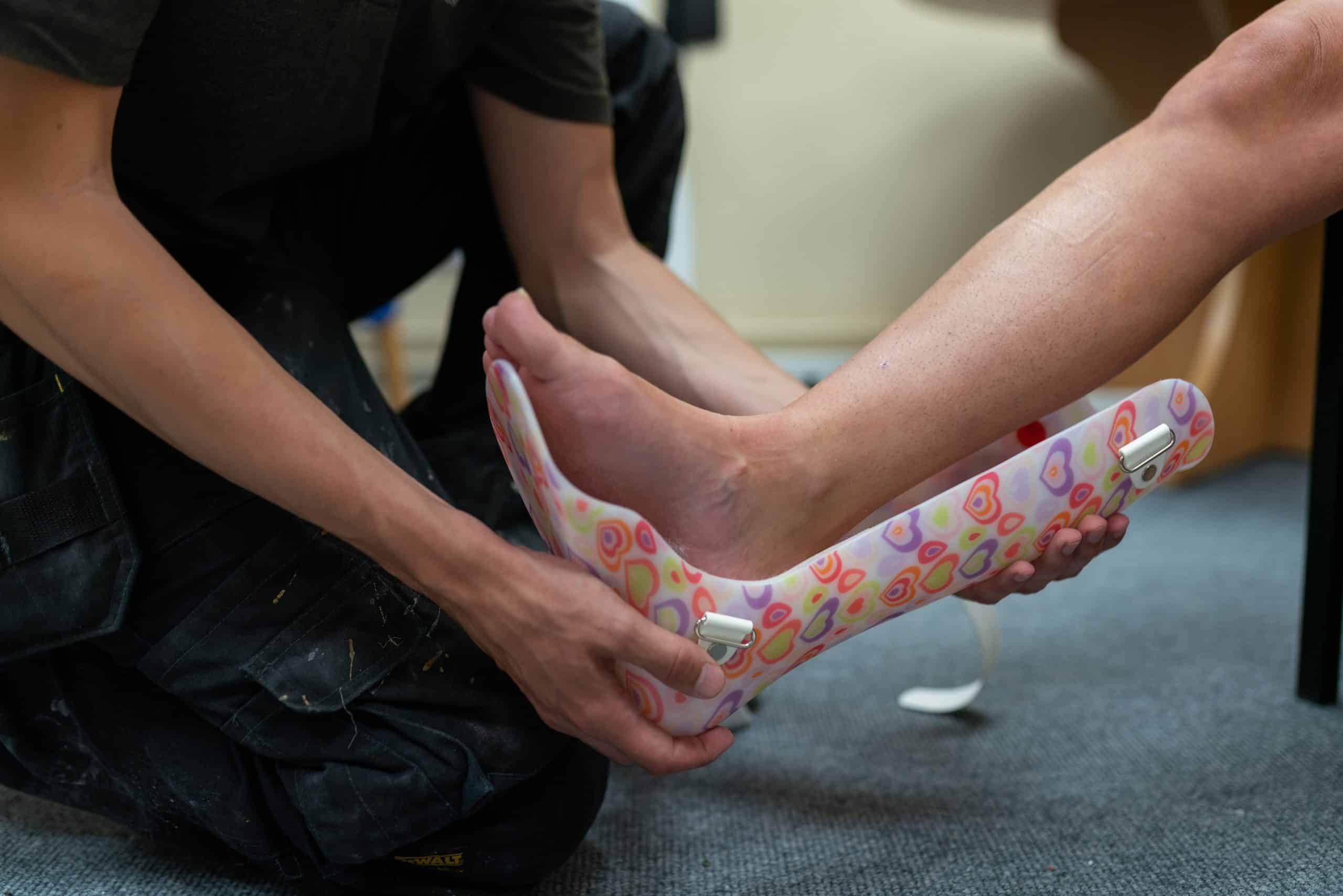In the quest to improve mobility and enhance the quality of life for individuals with disabilities or mobility challenges, the development of mobility aids has come a long way.
From the early days of simple canes to the advent of advanced smart assistive devices, the evolution of mobility aids has been remarkable.
In this blog post, we will journey through time to explore the fascinating evolution of mobility aids, highlighting the key milestones and innovations that have shaped this field.

Ancient Times: Canes and Crutches
Canes and crutches were used in ancient civilisations, primarily made from natural materials like wood or bone.
These basic mobility aids provide support and stability to individuals with mobility impairments, allowing them to walk more easily.
The Wheelchair Revolution
The invention of the wheelchair in the 17th century marked a significant milestone in mobility aids.
Early wheelchairs were manual and cumbersome, often requiring assistance to maneuver.
The development of folding wheelchairs in the 20th century significantly improved portability and accessibility.
Assistive Devices for Leg Support
Leg braces and orthotics have been crucial in assisting individuals with lower limb impairments.
Advancements in materials and design have led to more comfortable and practical leg support devices.
Integrating lightweight materials like carbon fibre has significantly improved mobility and comfort.

Powered Mobility Aids: From Scooters to Electric Wheelchairs
The introduction of powered mobility aids brought a new level of independence and freedom.
Mobility scooters and electric wheelchairs allow individuals with limited upper body strength to move quickly.
The development of more compact and maneuverable models expanded mobility options for indoor and outdoor use.
Smart Assistive Devices: Integrating Technology
The integration of technology has revolutionised the field of mobility aids.
Smart assistive devices utilise sensors, AI, and connectivity to enhance functionality and user experience.
Examples include intelligent canes with obstacle detection, exoskeletons for gait assistance, and robotic prosthetic limbs.
Personalised Mobility Solutions
Recent advancements in 3D printing and customisation have led to personalised mobility aids.
Prosthetic limbs and orthotic devices can now be tailor-made to fit an individual’s unique anatomy and specific needs.
This personalisation improves comfort, mobility, and overall user satisfaction.
The Future of Mobility Aids
The future of mobility aids is an exciting frontier with great potential for revolutionising the lives of individuals with disabilities or mobility challenges.
Rapid advancements in technology and design pave the way for innovative solutions that enhance mobility, independence, and overall well-being.
Smart and Connected Devices:
Integrating innovative technology and connectivity is set to play a significant role in mobility aids.
Smart mobility aids can include real-time data tracking, remote monitoring, and predictive analytics to optimise performance and provide personalised assistance.
Connectivity enables seamless communication between mobility aids and other devices, such as smartphones or home automation systems, for enhanced control and convenience.
Robotics and Exoskeletons:
The use of robotics and exoskeletons in mobility aids holds tremendous promise.
Advanced robotic exoskeletons can assist with walking, provide gait training, and support rehabilitation efforts.
These devices can adapt to the user’s movement patterns, provide powered assistance, and help individuals with limited mobility regain strength and independence.
Augmented Reality (AR) and Virtual Reality (VR):
AR and VR technologies can transform how individuals with mobility challenges experience the world.
AR can provide real-time visual aids, such as highlighting obstacles or providing navigational guidance, to enhance safety and mobility.
VR can offer immersive training environments for rehabilitation, allowing individuals to practice mobility skills in virtual settings.
Biomechanical Advancements:
Advancements in biomechanics and materials science will continue to enhance the comfort, functionality, and durability of mobility aids.
Lightweight and flexible materials will reduce the physical burden on users and improve maneuverability.
Advanced prosthetic limbs will strive to replicate natural movement, incorporating sensory feedback and intuitive control systems.
Artificial Intelligence (AI) and Machine Learning (ML):
AI and ML algorithms can enable mobility aids to adapt and learn from user behaviours and preferences.
AI-powered mobility aids can automatically predict user intentions, adjust settings, and provide proactive support based on individual needs.
Machine learning can aid in developing personalised gait patterns, optimising energy expenditure, and improving overall user experience.
Accessibility and Inclusivity:
The future of mobility aids will prioritise accessibility and inclusivity for individuals with diverse needs.
User-centred design approaches and collaboration with the disability community will lead to more inclusive and intuitive mobility solutions.
Customisation and personalisation options will be further expanded to ensure optimal fit, comfort, and usability for each individual.
It is highly recommended to purchase mobility and disability aids exclusively from well-known suppliers.
Doing so ensures the highest quality and reliability of the products, providing assurance and peace of mind for those in need of such aids.
Conclusion:
The future of mobility aids is bright and promising.
With advancements in technology, robotics, AI, and materials science, we can expect more intelligent, connected, and personalised solutions that empower individuals with disabilities to navigate the world with greater independence and confidence.
By prioritising accessibility and inclusivity, the future of mobility aids will contribute to breaking down barriers and enabling individuals to lead fulfilling and active lives.
Ryan is a professional copywriter from Ryan’s Copywriting. He has a passion for sharing valuable information.